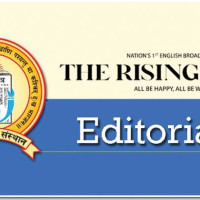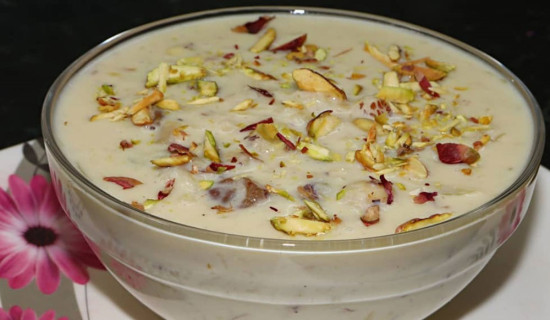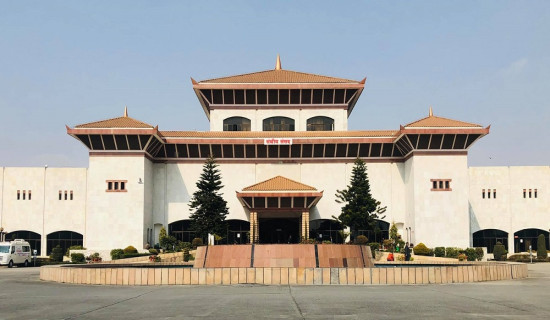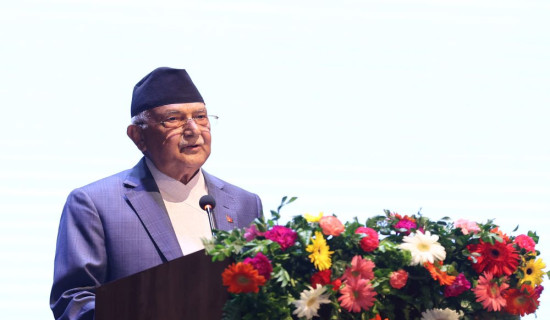- Thursday, 31 July 2025
Arlists and Mediums
As beginners, aspiring artists usually start with graphite to draw and sketch still-life objects. Like most things, art starts with the basics as aspiring artists learn to master shapes, colours and shades. Initially, their sketches might be rudimentary at best but with time and effort, they can create more lifelike art. Once they have more or less grasped the concepts of composition, light, shade and perspective, many venture towards paintings.
With trials and errors, artists learn to find their niche, especially in today’s age and time, when the key to success is specialisation. As such, art is a balance of hard work, tests and trials through different mediums. In art, a medium is the material used to create art, whether it is oil, acrylic, ink, watercolour, graphite, charcoal, gouache, clay, canvas, and so on. It was in 1861 that the term 'medium' was used for the first time to specify the varied materials used to make art.
The difference in all the materials used in art lie in their properties, their consistency and the way they reflect light. Oil stands as one of the popular media in the history of paintings. Oil paints are created by mixing dry pigment powders with turpentine or linseed oil, which lends an ethereal touch to a painting. Everyone has heard of the world-famous oil painting Mona Lisa, a masterpiece by Leonardo da Vinci from the 16th century. Centuries later, it was Vincent van Gogh whose oil paintings would sweep the world, although van Gogh didn’t earn accolades until after his untimely death.
Unlike oil paints, watercolours are paints created through pigments suspended in a water-based solution. Also called aquarelle, watercolours are painted on paper with the right mixture of water and colours. It was in traditional Japanese, Korean and Chinese art that watercolour and ink were first used to make scroll painting or brush painting.
India, too, has a history of watercolour paintings. Known as tinted drawing until the 18th century, watercolours have a hallmark transparency. However, it can be made opaque through the addition of Chinese white. Textures of papers are equally important in aquarelle. Artists dip brushes in water and then add a touch of paint to create watercolour paintings. Often, such paints last long due to their potency.
Then there is gouache, which is an opaque water-medium paint, also called body colour. It has been used by artists for at least twelve centuries and is popular among commercial artists for its opaque finish, which can be layered several times. Acrylics are recent inventions which are fast-drying paints that are commercially used. Meanwhile, graphite is commonly used in the form of pencils. Along with charcoal and pastels, graphite is a dry art medium. Graphite’s advantage is that it can be erased so that artists can keep reworking and even start over. Then there are drawing pens which aren’t erasable but give a solid touch to a sketch.
Pioneering artists are known to break glass ceilings in their artistic horizon and today they connect to a larger audience thanks to the internet. And different mediums allow aspiring artists to find a voice in their craft and collaborate with other artists who are trying to launch themselves in the art world.








-square-thumb.jpg)






-original-thumb.jpg)
-original-thumb.jpg)
-original-thumb.jpg)